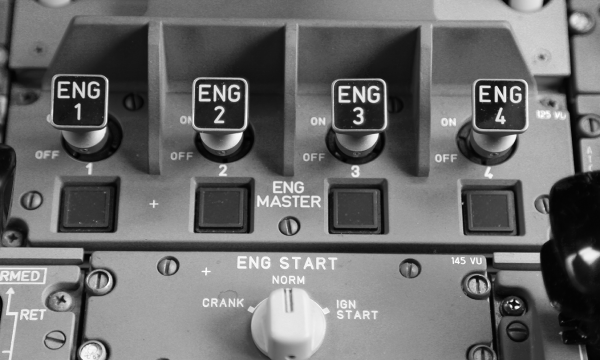Usual can be done by others.
In addition to the common strategies for mergers & acquisitions, there are other, airline-specific points to consider, a few of which we discuss briefly below.
Traffic rights requirements.
If a merger of two companies is planned and the companies do not operate on the basis of the same traffic rights, such as full cabotage within the European Union since 1 April 1997, a separate review is required with regard to the preservation of all traffic rights. It may be necessary to reapply for traffic rights from the company whose operating licence and Air Operator Certificate (AOC) are to be retained.
Merger of flight operations.
In the event of a planned merger of the two companies with simultaneously different licensing situations, it cannot be assumed that the licenses on which the individual companies operate can also simply be merged with each other. Rather, the company whose AOC is to be maintained must reapply for the non-existing approvals of the merging company. This requires special preparations for certain authorizations, such as ETOPS (Extended Twin-engine Operations). Another challenge is the transition of aircraft and crews from one operation to another during operation. Preparations must be made for this.
Takeover of the aircraft.
If approved by the ownership companies of the aircraft concerned, the transfer of aircraft from one Continuous Airworthiness Management Organization (CAMO) to another requires an examination of the life files and a technical acceptance meeting by the regulatory authority. As a prerequisite for this, the CAMO must prove that it has the appropriate personnel, must approve maintenance programs or have them approved and must conclude contracts with maintenance companies. Here, too, targeted preparations are required for the seamless takeover of the aircraft.
Personnel challenges.
In the case of pilots organized under collective bargaining agreements in particular, but also flight attendants, the merger of companies can lead to conflicting interests. In such companies, promotions are often regulated according to the seniority principle, i.e. in simplified terms, depending on the length of service. The dovetailing of seniority lists can become a challenge. In addition, in companies organized according to collective agreements, there are usually more far-reaching restrictions with regard to flight duty and rest time periods as well as other agreements regulating the rostering and comfort of crews. Such agreements should not simply be adopted as they are usually associated with costs and efficiency losses. Also, depending on the working legal requirements of the relevant countries, certain precautions must be taken so that the receiving company is not forced to take over all contracts.
Experience in this field.
The founding partners of GMP were instrumental in integrating the flight operations of the oldest former German charter carrier LTU into Air Berlin (second largest German airline at that time). The particular challenges were that airberlin did not have long-haul operations at the time and therefore had no traffic rights to various intercontinental destinations, no long-haul aircraft and no experience in long-haul operations or certain approvals such as ETOPS. A particular challenge was to integrate LTU’s flight operations into airberlin during ongoing operations. The almost impossible was achieved: Aircraft took off in the evening on the basis of the LTU approvals and landed in the morning as Air Berlin aircraft. GMP has profound knowledge of the merger of aviation companies and will support you in the entire process from the initial intention to post-integration.







